Opinion: The Supreme Court rewrites American society once again

CNN Opinion contributors share their thoughts on the Supreme Court’s landmark decision in Students for Fair Admissions Inc. v. President & Fellows of Harvard College. The views expressed in this commentary are their own.
Summer Tan: Everyone deserves a seat at the table
To say that I’m disappointed in today’s Supreme Court’s ruling on affirmative action in college admissions would be an understatement.
I am the daughter of immigrants: My father immigrated from the Philippines when he was 17, and my maternal grandparents immigrated from Taiwan in the 1960s. I was born in Los Angeles, surrounded by dozens of family members who’d immigrated from Taiwan, and grew up speaking Mandarin as my first language. When my family moved to the Portland area, I found a home in the growing Asian American community. My experiences living in a majority White city encouraged my passion for equity and diversity.
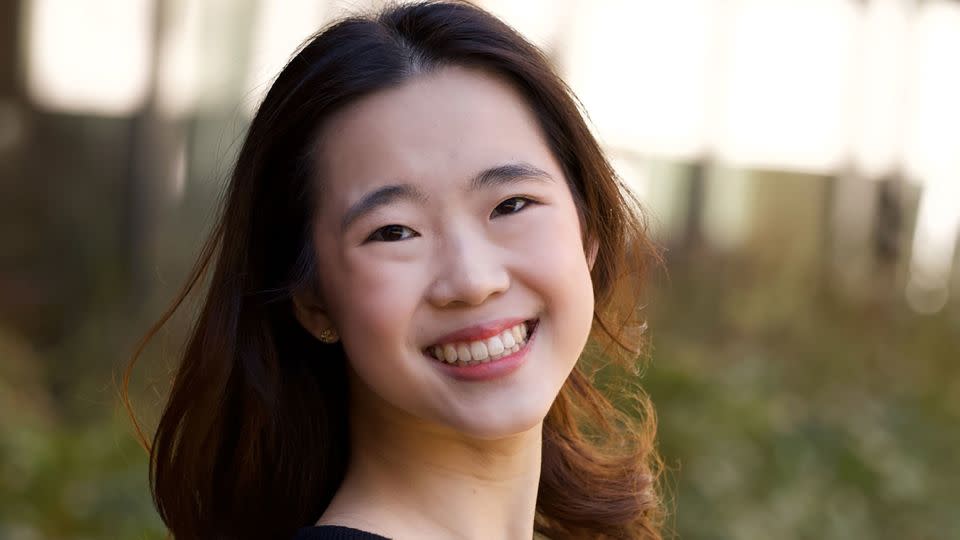
My Harvard application essay - 750 words that defined me, my curiosity, dreams, and ambitions - was about a trip I’d taken to Taiwan in my childhood. It also detailed the pandemic-driven racism I faced in the US. I don’t believe there is any way my application could have been considered without my race being a factor because it has so heavily shaped my life and my potential.
It is because of my experiences as an Asian American that I became passionate about advocating for greater representation, empowered by Harvard’s resources. Access to an elite institution has given me the privilege of an incredible support system and a professional network that I might otherwise have never attained.
I grew up hearing equal praise and concern about affirmative action, from my family and community alike. And there are conflicting thoughts about how Asian American applicants like me are impacted by it. But learning the facts - that affirmative action is critical for fostering equal access and opportunity in our academic institutions -cemented my belief that affirmative action is necessary if we want to create an equitable nation. Affirmative action opens doors. More than that, it acknowledges that everyone should have a seat at the table.
This ruling will affect generations to come, keeping many students from gaining access to the academic spaces that I have benefitted from. It stands counter to the aspirations for equity that motivated the 14th Amendment’s codification, which granted citizenship to those “born or naturalized in the United States.”
What’s more, the Supreme Court has jeopardized the intellectual and academic diversity that my peers, professors and I value: The very same diversity that has made this nation great.
Summer Tan is a rising sophomore majoring in social anthropology and history at Harvard College. Raised in West Linn, Oregon, she grew up just outside of Portland.
Ana Fernandez: This Supreme Court decision gives us a better chance to get college diversity right
On Thursday, the Supreme Court took a significant step in correcting an affirmative action policy that, though well-intentioned, has fallen far short of building the kind of diverse college campuses we need. At many elite colleges, minority student representation is skewed toward students from privileged socio-economic backgrounds regardless of their racial or ethnic identities. According to researcher and author Richard Kahlenberg, 71% of Black, Latino and Native American students at Harvard, one of the two universities at the center of the Supreme Court decision, come from college-educated homes with incomes above the national median. In fact, they hail from the most advantaged fifth of families in their respective racial or ethnic groups. Are these the students who truly need a leg up in admissions?
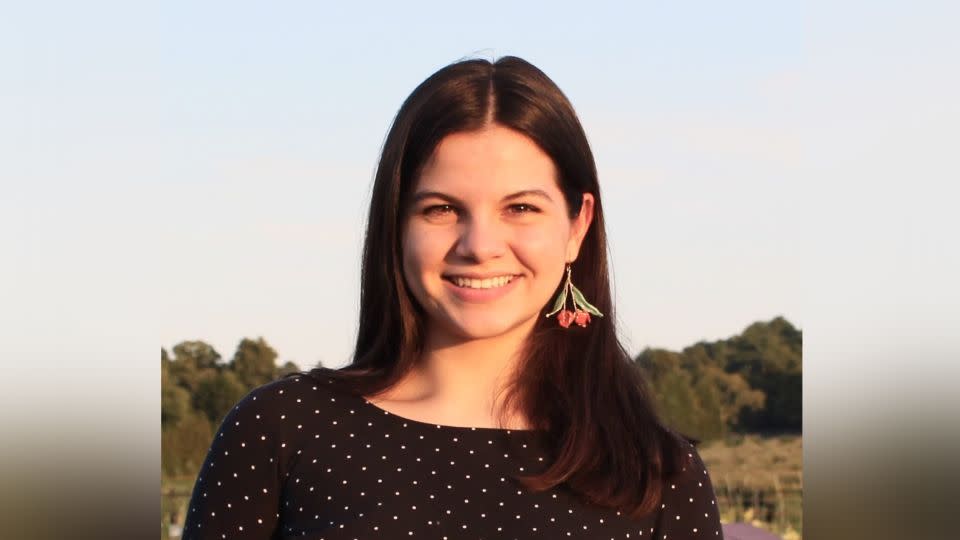
I say this as a Cuban American who grew up in a Miami suburb with access to well-resourced public schools that provided strong college admissions support. My experience, while preparing me well for college, is not the norm for many Hispanic students. According to the American Council on Education, only about one-third of Hispanics meet college readiness benchmarks in both reading and math. Compared to White non-Hispanic students and Asian students, who scored much higher on both benchmarks, this gap in preparedness for postsecondary education is stark.
I am grateful to have attended Wellesley College, a leading liberal arts college that works toward a more diverse campus community. But I also recognize that considering race or ethnicity in admissions without critically examining the socio-economic privilege of a particular applicant is not a substitute for supporting truly underrepresented students who lack the resources that I had. While some schools may be putting in the extra work already, it’s clear that this is not the case across the board. Hopefully, this decision will prompt an awakening for colleges and universities nationwide.
Ana Fernandez is a recent graduate of Wellesley College, where she majored in economics and Medieval & Renaissance Studies. She was born in Havana, Cuba, and raised in Miami, Florida.
Peniel Joseph: American voters, take note – this court isn’t done by a long shot
The Supreme Court’s decision on affirmative action guts generations of legal, legislative and policy efforts that aimed to secure for Black Americans the dignity and the full promise of citizenship they are owed in a nation founded on racial slavery.
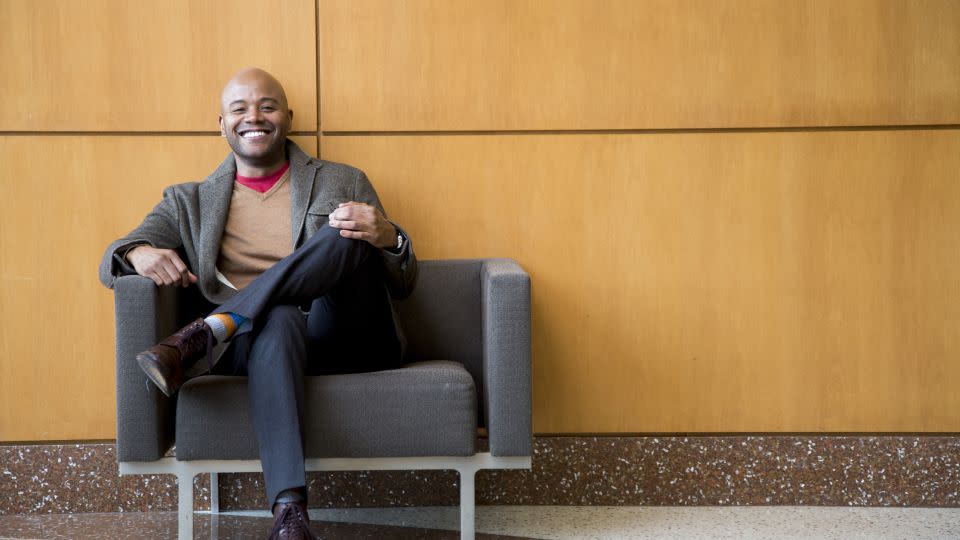
The 6-3 decision ensures the undoing of decades of efforts to mitigate the impacts of unequal access to economic and educational opportunity. It represents an enormous setback to efforts to create greater opportunity in a country riven by White racial privilege, class distinctions and outright hostility towards Blacks and other historically marginalized and underrepresented groups.
The Court’s decision also emboldens supporters of the politics of racial backlash that has gripped America. A chilling message of political and racial retrenchment has been sent out to the entire nation, reverberating well beyond the wall of Ivy League colleges, and is echoing in every facet of our society. And in sending that message, the Court has dealt a blow to one of the signal achievements of the civil rights era – the nation’s Second Reconstruction.
The ruling waters down already half-hearted efforts at greater inclusiveness of marginalized Black folk, after the Court’s 1978 Bakke decision undermined the raison d’etre of affirmative action. The Court ruled with that decision that a university’s use of measurable goals and timetables for Black representation in its admissions process was unconstitutional, but it allowed the use of affirmative action to accept more minority applicants in some circumstances. That is no longer the case as of Thursday.
The decision also comes coincidentally as we mark the 10 years anniversary – almost to the day – of the Court’s lamentable Shelby v. Holder decision eviscerating the Voting Rights Act and ending a half-century of racial justice consensus in American politics, dating back to President John F. Kennedy’s historic June 11, 1963 address on civil rights.
With Thursday’s ruling, we have the culmination of a more than five-decade effort by movement conservatives—including groups like the Federalist Society and members of the John Birch Society, along with supporters of Barry Goldwater, and Presidents Richard Nixon and Ronald Reagan and some of Trump sycophants — to thwart efforts to reverse racial injustice.
The Court’s hard right ideological turn in recent years is also an indictment of a Democratic Party which failed over the last 30 years to articulate a clear story to the American people of the singular importance and power of the court on our collective past, present and future
Democrats consistently underestimated the threat to democracy imposed by GOP extremism. They stood idly by as Republicans successfully engineered a court packing scheme unprecedented in the history of the republic.
There may be a silver lining in all of this, however, in the clarity that the end of affirmative action could provide for pro-democracy forces within the United States.
Our elections are no longer a choice between the lesser of two evils. They are a choice between democracy and authoritarianism. And American voters must finally take note: This court is not finished by a long shot.
Peniel E. Joseph is Barbara Jordan chair in ethics and political values and founding director of the Center for the Study of Race and Democracy at the LBJ School of Public Affairs at the University of Texas at Austin, where he is a professor of history. He is the author of “The Third Reconstruction: America’s Struggle for Racial Justice in the Twenty-First Century.”
Lanhee Chen: Affirmative action was never supposed to continue indefinitely
Thursday’s Supreme Court decision on affirmative action is not surprising (nor pathbreaking) when one considers that the court foreshadowed the end of race-based preferences in higher education in its last major decision on the topic in 2003. In Grutter v. Bollinger, Justice Sandra Day O’Connor, writing for the majority, noted the court’s view that race-based preferences in college admissions would no longer be needed in 25 years. This week’s decision, which comes just a few years shy of that mark, validates what may have seemed a minor point from that earlier opinion.
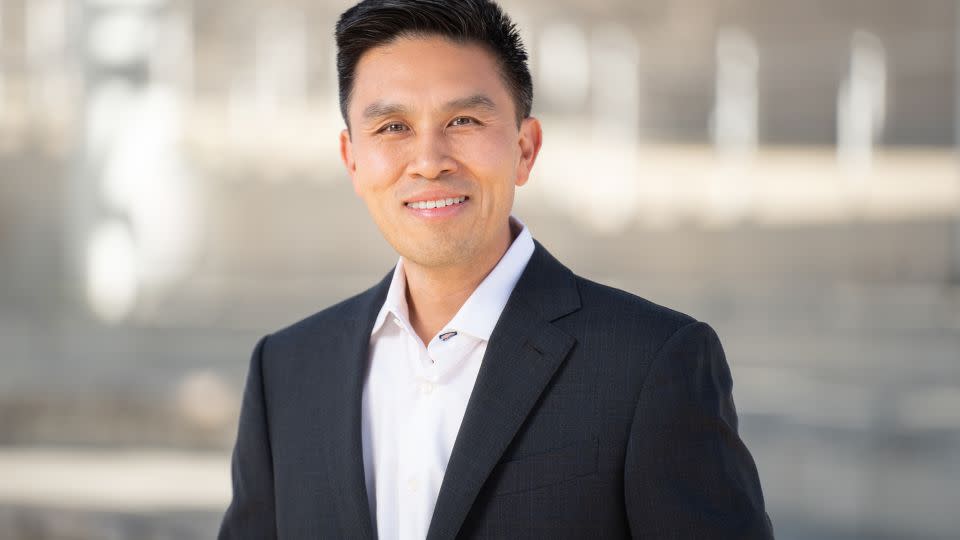
Key to the court’s new decision in the Harvard and University of North Carolina Chapel Hill cases was a sense that the proponents of affirmative action could not give a compelling answer to the question of when they felt race would no longer need to be a factor in admissions to create diverse student bodies to break down racial stereotypes or, as affirmative action advocates have contended, to create diverse pools of “productive citizens and leaders.” The colleges’ perspective that they would conduct periodic reviews to determine if the race-based preferences were still necessary only reinforced the court’s point that they were poised to continue these practices indefinitely – well beyond the 25-year window first articulated in Grutter.
The court’s decision Thursday is consistent with its view that race-based preferences should and would have a limited shelf life. And, as the decision notes, the significant majority of America’s colleges and universities do not use race as a factor in admissions, while three of the country’s most populous states (including California) have already outlawed it. While it may be tempting to argue that today’s ruling constitutes a significant deviation from existing precedent, and will usher in a sea change in how college admissions are conducted, the reality is very different.
Lanhee J. Chen, PhD, is a regular contributor to CNN Opinion and the David and Diane Steffy Fellow in American Public Policy Studies at the Hoover Institution. He was a candidate for California State Controller in 2022. Chen has played senior roles in both Republican and Democratic presidential administrations and been an adviser to four presidential campaigns, including as policy director of Romney-Ryan 2012.
Roxanne Jones: For Black Americans, equality remains a dream deferred
The Supreme Court decision gutting affirmative action in college admissions is in lockstep with a nation that has used countless laws and government policies to ensure Black Americans will never reach full equality.
Our mistake was to think that America was ever intent on equality and justice for all. The dream of equality has never lived up to the reality in our nation. It remains a dream deferred for too many of us.

But for a brief window of time, after the passage of the Reconstruction Acts of 1867-1868, when the government attempted to give Black people the same civil rights as White citizens, equality for all has never existed.
Back then, President Andrew Johnson vetoed the Reconstruction legislation, arguing that equal rights for Black people, who had recently been emancipated from chattel slavery, would discriminate against White citizens. Nearly 170 years later, echoes of Johnson’s words can be heard in the Court’s ruling on college admissions.
A group representing Asian students, called Students for Fair Admissions, argued that it is unfair for a college’s admissions process to consider race - citing only African American and Latino students’ ethnicities - as one factor in a holistic review of its applicants, according to their filing to the Supreme Court.
As someone who has served on a college board of trustees, I know that race is hardly the main criterion considered when reviewing student applications. Legacy students often got the first slots, then foreign students from favored nations. Being an athlete or a musician, economic background (wealthy families and lower income status both matter) and a person’s disabilities were also among a few of the factors considered when we thought of how to build a diverse learning environment on campus.
America’s toxic racial divide worked in Students for Fair Admissions favor. Despite the many subjective considerations colleges admissions boards use for evaluating students, arguing racism and targeting Black and Latino students was the easiest path to victory.
This decision deepened the divide. And that’s a problem. Today’s ruling may be a win for Asian college students. But in the long term, denying how racism weakens us all is America’s loss.
Roxanne Jones, a founding editor of ESPN The Magazine and former vice president at ESPN, has been a producer, reporter and editor at the New York Daily News and The Philadelphia Inquirer. Jones is co-author of “Say it Loud: An Illustrated History of the Black Athlete.” She talks politics, sports and culture weekly on Philadelphia’s 900AM WURD.
Richard Sander: This isn’t really the end of affirmative action
Although many headlines are proclaiming that Thursday’s Supreme Court decision is the “end” of affirmative action, I think it’s more likely that this is the beginning of genuine affirmative action. For decades, universities have created faux-diversity by dividing applicants into piles based on race, and then admitting a similar percentage of each pile. The students who got into Harvard under this system – including the Black and Hispanic admittees – predominantly came from privileged backgrounds.
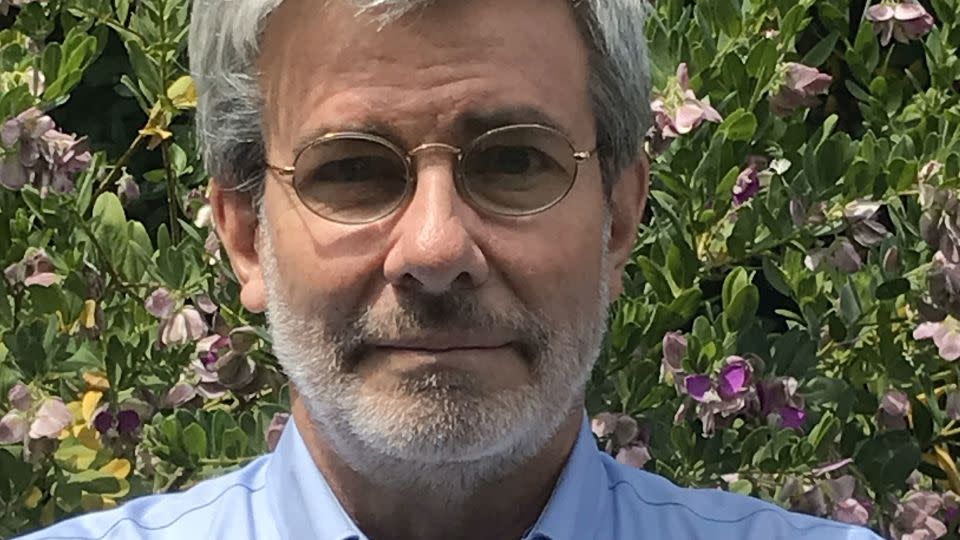
The court has declared such practices unconstitutional, but it is still entirely legal for universities to factor into admissions the individual disadvantages applicants have experienced – such as growing up in a poor or working-class family, or attending a school that didn’t offer many advanced-placement courses.
It is also entirely legal for universities to do a better job of finding talented students, such as by partnering with high schools in low-income neighborhoods to improve the college-readiness of students. In California, voters passed an initiative to stop racial preferences in 1996. The University of California then started doing the kind of hard work that I consider “real” affirmative action – for example, they created outreach programs for talented high school students. Within a few years, the number of black, Hispanic, and low-income applicants increased dramatically. Let’s hope that universities, in the wake of this ruling, start doing the hard work of real affirmative action.
Richard Sander is an economist and distinguished professor of law at UCLA. He is the author of the book “Mismatch,” which argues that university racial preference programs often undermine student achievement.
Jeff Yang: White conservatives are using Asian American students as a cudgel
Finding in favor of right-wing activist Ed Blum’s Students for Fair Admissions, the 6-3 conservative supermajority of the Supreme Court on Thursday killed affirmative action in college admissions at Harvard, the University of North Carolina Chapel Hill and at schools across the land that take federal funds. I live in California, where affirmative action was struck down decades ago by 1996’s Proposition 209, and the outcome of that voter-led initiative was a sharp drop in Black and Hispanic student admissions – particularly at selective schools in the University of California system – which has only been redressed in recent years through initiatives like aggressive candidate recruitment.

The net impact on California’s Black and Hispanic college-age population over the 27 years since then has been stark: A comprehensive Berkeley study showed that applicants of color, especially Hispanics, on average earned 5% less than they would have prior to Prop 209’s passage. Meanwhile, Asian and White applicants were found to have benefited minimally from slight increases in rates of admission – in no small part because many of them were accepted to other non-UC selective colleges.
Indeed, the Asians that White conservative lawyers have used as the human spear-tips for their assault on affirmative action have had other elite colleges they could attend. Jon Wang, who revealed himself as a plaintiff in this Supreme Court case, was rejected by Harvard but was accepted at and is now attending Georgia Tech. Michael Wang (no relation), who filed a complaint with the Department of Education against Princeton, Yale and Stanford, claiming bias against Asian Americans after he was denied admission, attended Williams. Jian Li, whose federal civil rights complaint against Princeton University served as the core of a lawsuit filed by Students for Fair Admissions, filed his complaint as a freshman at Yale.
The carnival spectacle of White conservatives using Asian American students who are already attending elite universities as a cudgel against other elite universities obscures larger educational crises, like the severe underfunding of two-year community colleges, attended by 4 in 10 Asian American college students and a significant number of working class, immigrant and first-generation collegians. And for those fighting to preserve white majorities in places of power, it’s a sign that Asians are being used as the weak link in the coalition of people of color.
Jeff Yang is a research director for the Institute for the Future and the head of its Digital Intelligence Lab. A frequent contributor to CNN Opinion, he co-hosts the podcast “They Call Us Bruce,” and is co-author of the book “RISE: A Pop History of Asian America from the Nineties to Now.” Hi son, Hudson Yang, is an undergraduate at Harvard University.
Natasha Warikoo: College leaders who believe in diversity should stand strong
On Thursday, the US Supreme Court ruled that the consideration of race in college admissions violates the Equal Protection Clause of the 14th Amendment. That law was passed during Reconstruction to guarantee the rights of African Americans formerly enslaved in the United States. The prevailing justices turned a blind eye to that history as well as the court’s own precedents in their decision. As Justice Ketanji Brown Jackson said in her dissent, this is a “perverse, ahistorical and counterproductive outcome.”

Based on what we know from state bans on affirmative action, this decision will lead to ongoing declines in the representation of Black, Latinx and Native American students on selective college campuses. In turn, our leaders of the future will be less diverse.
While this is a devastating decision, college leaders should not make more of it than is required. Chief Justice John Roberts said explicitly in his decision that colleges can continue to consider, for example, applicants’ discussions of experiences with racism.
In addition, other diversity, equity and inclusion (DEI) work on college campuses - diversity outreach, diversity-related student centers and race-related coursework - should not be called into question.
Opponents are already attacking these kinds of policies and programs at the state level, in places like Florida and Texas, and in K-12 schools, as well. We saw a chilling effect after the 2003 Grutter vs. Bollinger case, in which the justices even upheld race-conscious admissions; a significant number of colleges backed away from affirmative action in admissions despite the court’s decision. This is exactly the kind of chilling effect opponents of policies that promote racial equity want, and college leaders who believe in diversity should not give them what they want.
Natasha Warikoo is Stern Professor in the Social Sciences, Department of Sociology, at Tufts University and author of Is Affirmative Action Fair? The Myth of Equity in College Admissions.
Brayden Rothe: Biden is right – this decision can’t be the last word
Following the Supreme Court’s decision to end affirmative action in college admissions, President Joe Biden stated “we cannot let this decision be the last word.” While equity in higher education suffered a significant blow, I believe Biden’s words form the right frame of mind.
For years Americans have needed to dramatically rethink higher education. After the court’s decision, admissions must be a starting point.
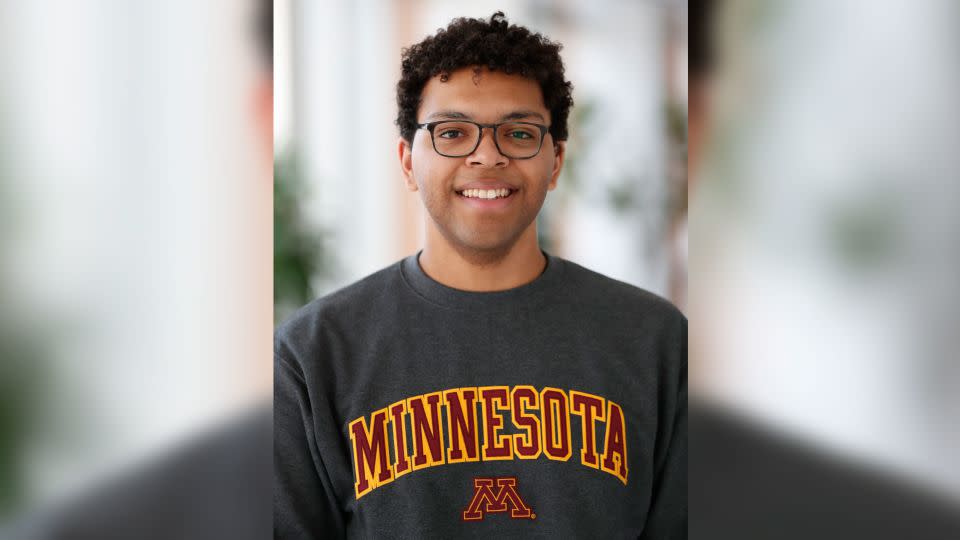
Recently, I received my bachelor’s degree from the University of Minnesota. Over the last five years, my university has seen a steady increase in first year students who identify as a race or ethnicity other than White. I view diversity as a strength. I have benefited from this diverse environment. Affirmative action enabled my ability to experience different ways of thinking and to form the lasting friendships I have made.
Those impacted most by this decision will be high schoolers, as it is their future that is altered. While race has been a key metric for diversity, another that has increased is the percentage of first year college students who receive Pell Grants. Economic status, parental education and where you were raised are examples of what should be considered holistically by admissions offices.
While reimagining higher education is the goal, the looming issue is lack of enforcement. Time has shown that without rules, people find ways to discriminate. This ruling makes it harder to diversify and easier to discriminate.
Affirmative action has been a tool used by many countries to ensure underrepresented communities are included in areas they normally are not. Without affirmative action as it was, colleges must work to codify equity and redefine higher education to prepare students for an ever-changing world.
Brayden Rothe is a graduate student of history at the University of Minnesota. He specializes in the visual and material culture of capital, labor and memory, as well as borderlands and migration in 19th-century America.
For more CNN news and newsletters create an account at CNN.com

